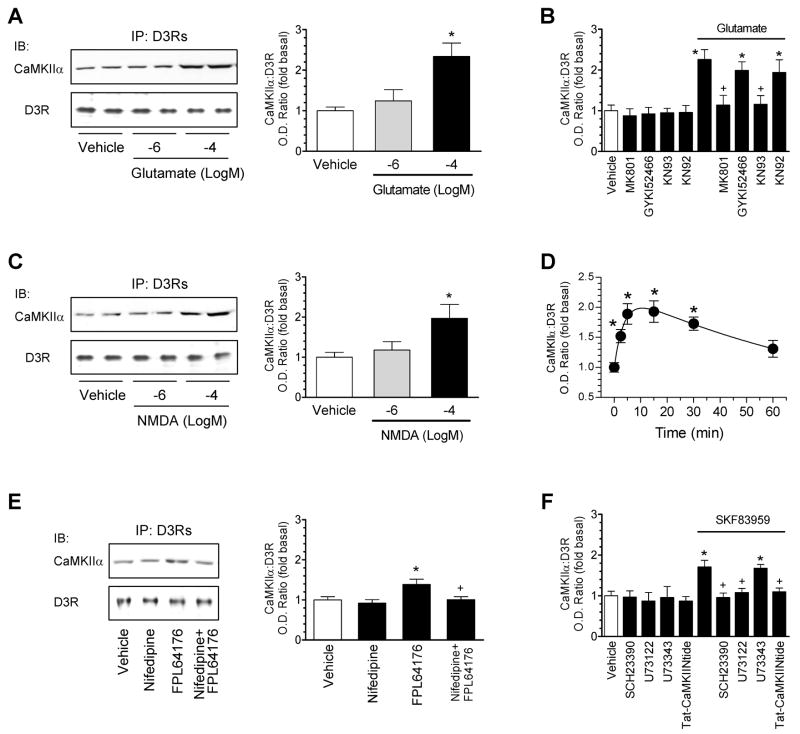Figure 6. Regulation of CaMKIIα-D3R interactions by glutamate and dopamine receptors and VOCCs.
(A) Glutamate increased the CaMKIIα-D3R interaction. (B) MK801 and KN93 but not GYKI52466 and KN92 blocked the CaMKIIα-D3R interaction induced by glutamate. (C) NMDA increased the CaMKIIα-D3R interaction. (D) The time course of the NMDA-stimulated CaMKIIα-D3R interaction. NMDA (100 μM/glycine 10 μM) was applied for 2.5, 5, 15, 30, or 60 min (D). (E) The VOCC activator FPL64176 induced a nifedipine-sensitive increase in the CaMKIIα-D3R interaction. (F) SKF83959 elevated the CaMKIIα-D3R interaction. Rat accumbal slices were treated with glutamate (1 or 100 μM/glycine 10 μM), NMDA (1 or 100 μM/glycine 10 μM), FPL64176 (20 μM), or SKF83959 (10 μM) alone or with MK801 (10 μM), GYKI52466 (10 μM), KN93 (20 μM), KN92 (20 μM), nifedipine (20 μM), SCH23390 (1 μM), U73122 (20 μM), or U73343 (20 μM) for 15 min. Tat-CaMKIINtide peptides (5μM) were applied 1 h prior to SKF83959 (10 μM, 15 min). Immunoblots (IB) of CaMKIIα or D3Rs were performed on D3R precipitates from drug-treated accumbal slices. Data are presented as means ± SEM for 4–5 experiments per group. *p < 0.05 versus vehicle or vehicle + vehicle. +p < 0.05 versus glutamate (B), FPL64176 (E), or SKF83959 (F).

